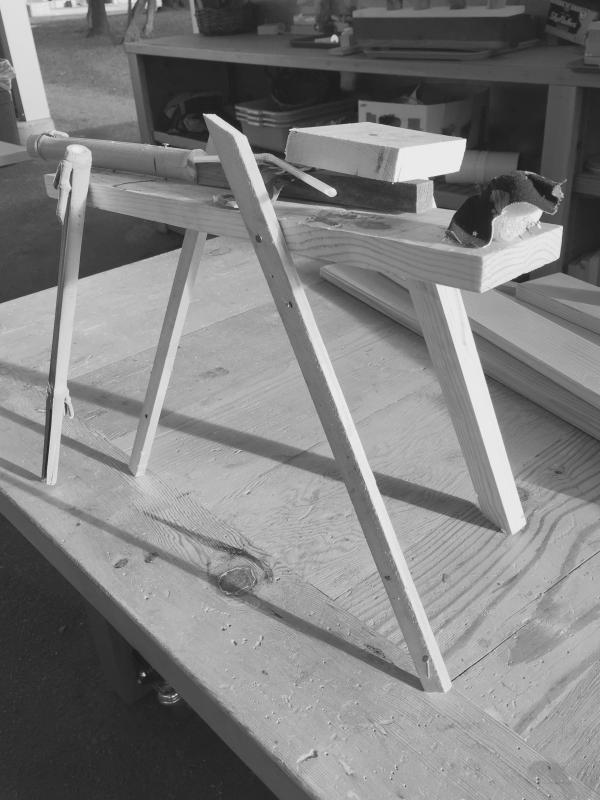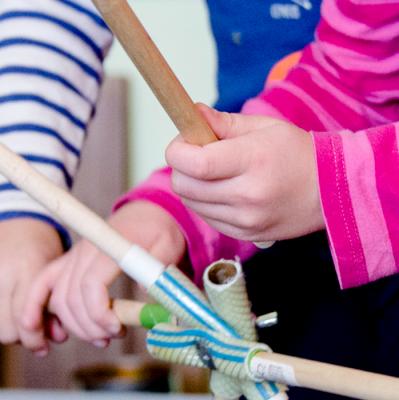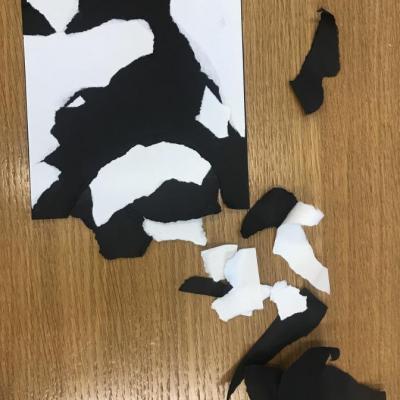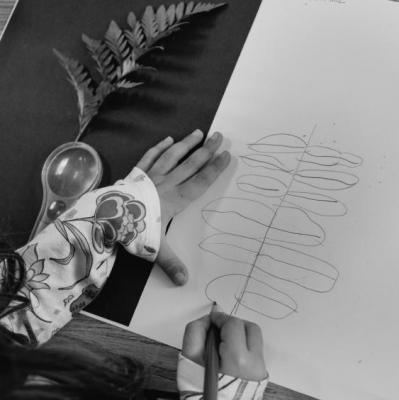A conversation starter and reflective activity for introducing young people and adults to making.

A conversation starter and reflective activity for introducing young people and adults to making.

The routine helps students explore complexity by encouraging them to consider that people may have different experiences with and perspectives on the same object or system. This routine also encourages students to think more carefully about how the object or system impacts their lives and the lives of others.

这个思考模式通过让学生慢慢、细心地观察物件和系统中的细节,鼓励他们不止观察物件的表面特征,更重要的是了解其内部运作。

Agency by Design Principal Investigator Shari Tishman takes a dispositional approach to redefining “maker empowerment.”

This entry offers a critical perspective of the role of the arts within the popular STEAM agenda. Most loosely defined, STEAM can be understood as incorporating the arts into the STEM (science, technology, engineering, and mathematics) acronym for the purpose of introducing a focus on art and design into these four subject areas. This entry first questions what the A in the STEAM acronym actually represents. The entry then argues that a focus on any discrete set of disciplines prioritizes some domains of practice, while overlooking others. The entry goes on to encourage a more distributed approach to pedagogical practice that is less about establishing catchy acronyms that privilege some disciplines over others – and more about supporting young people and adults in becoming multimodal learners capable of making connections between and beyond the disciplines.


This tool is connected to the Agency by Design Making Moves. The Making Moves identifies three maker capacities that support a sensitivity to design, along with their associated learning moves. Here you’ll find three observation sheets, one for each of the maker capacities: Looking Closely, Exploring Complexity, and Finding Opportunity.
This routine encourages learners to slow down and make careful, detailed observations as they look beyond the obvious features of an object or system and think about how it works. This thinking routine can help foster curiosity as children notice details, ask questions, make connections, and identify topics for future inquiry.
這個思考模式鼓勵學生在一個特定的系統裡思考不同人物的觀點。其目標是幫助學生理解系統裡的不同角色,他們會用什麼形式去表達感受以及對系統裡其他人物和事物的關心。這個思考模式引導學生從多角度去提出問題並表達觀點。